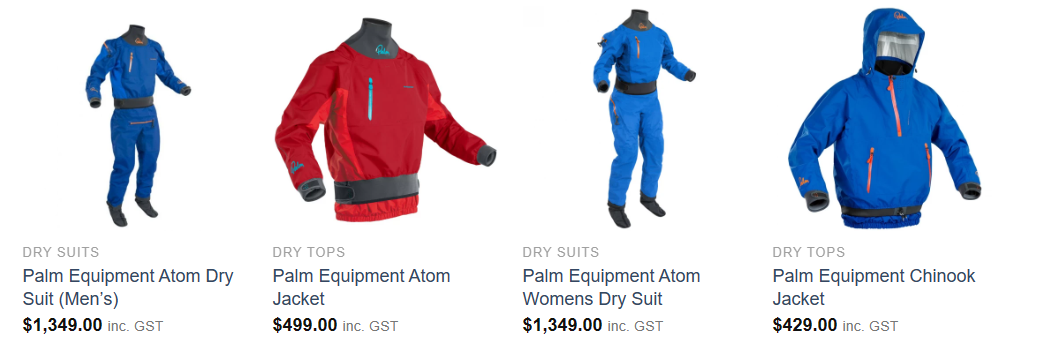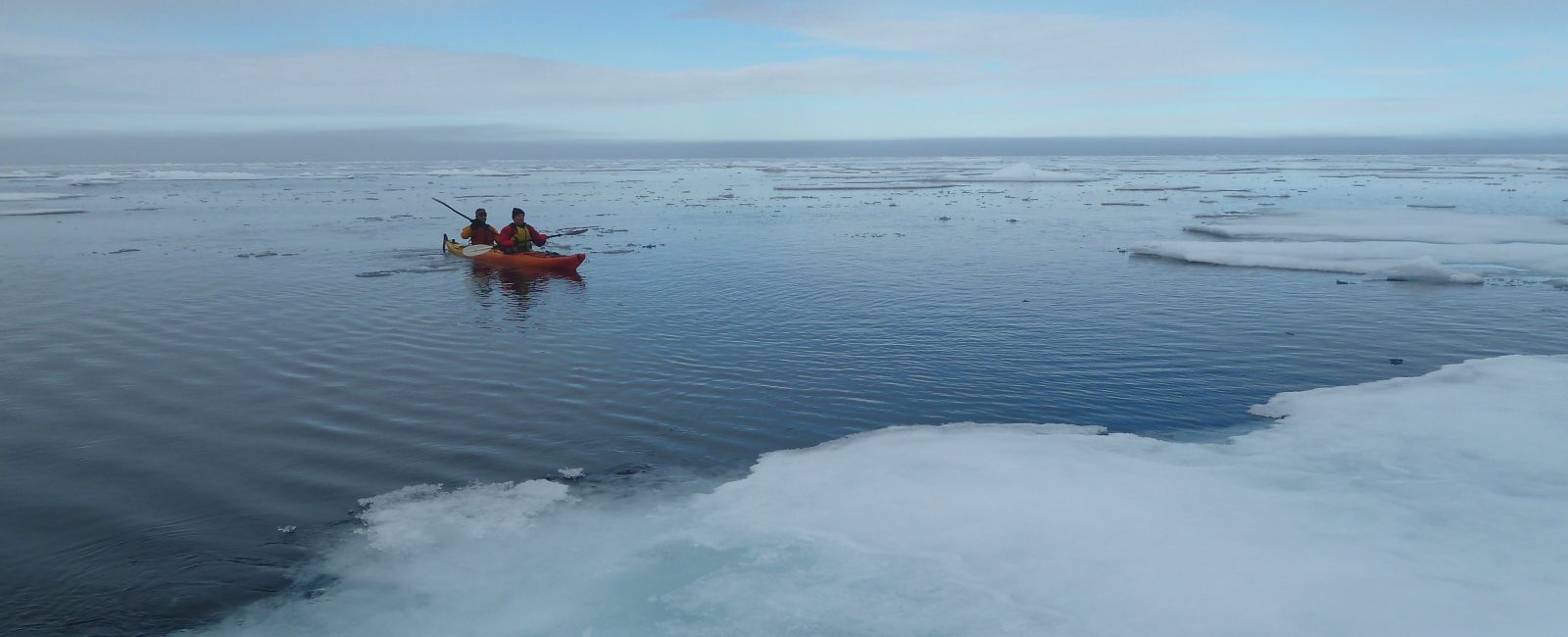
Clothing for kayaking has similar requirements to other outdoor activities like hiking: You’re looking for versatility, durability and comfort while you’re on the move. You’re also looking for protection for cold and wet conditions (really wet conditions).
When deciding what to wear kayaking, follow these general guidelines:
- Always wear a personal flotation device (PFD) and never take it off while on the water. If you need to adjust your top layers, find a place to take out instead.
- Dress for the water temperature, not the air temperature; this may mean wearing a neoprene clothing or dry suit.
- Dress in layers, especially on top.
- Dress for sun protection. Regardless of cloud cover, a day on the water is a day of sun exposure. So wearing clothing with UPF-rated fabrics is a wise choice (plus sunscreen for reflected UV radiation).
- Avoid cotton in all layers, because it absorbs water and stays wet; seek quick-drying fabrics instead. Wool dries less quickly but insulates when wet, so is also a fine choice.
- Wear clothes that let you move comfortably and will be comfortable for long periods of time.
- Look for abrasion-resistant fabrics that are more rugged and can stand up to the wear and tear of sand, water and any rough materials of your kayak.
- Avoid “rustable” zippers, fasteners and hardware: Water, particularly salt water, corrodes many metals, so rugged plastics are a good alternative. You can probably trust that metal components in paddling-specific gear are corrosion resistant.
How to Dress for Kayaking in Cold Conditions
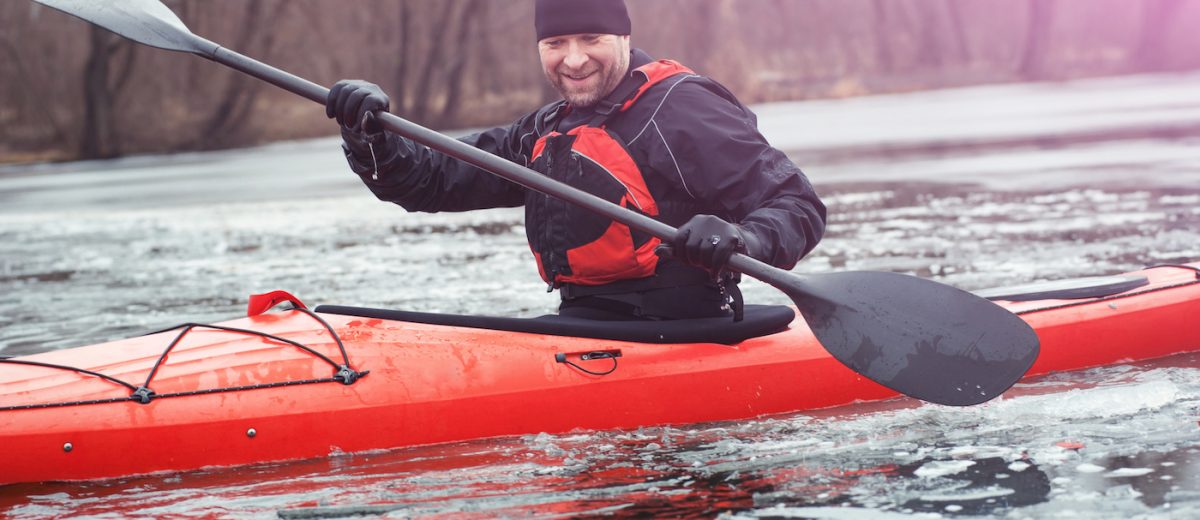
It’s what you put on before you get in the boat that counts. Dress for submersion, not success.
Risks of capsizing in cold water range from immediate lung and heart shocks to drowning, as well as eventual hypothermia. And don’t plan on putting on a wetsuit after you capsize because it’s too late and pretty much impossible to do.
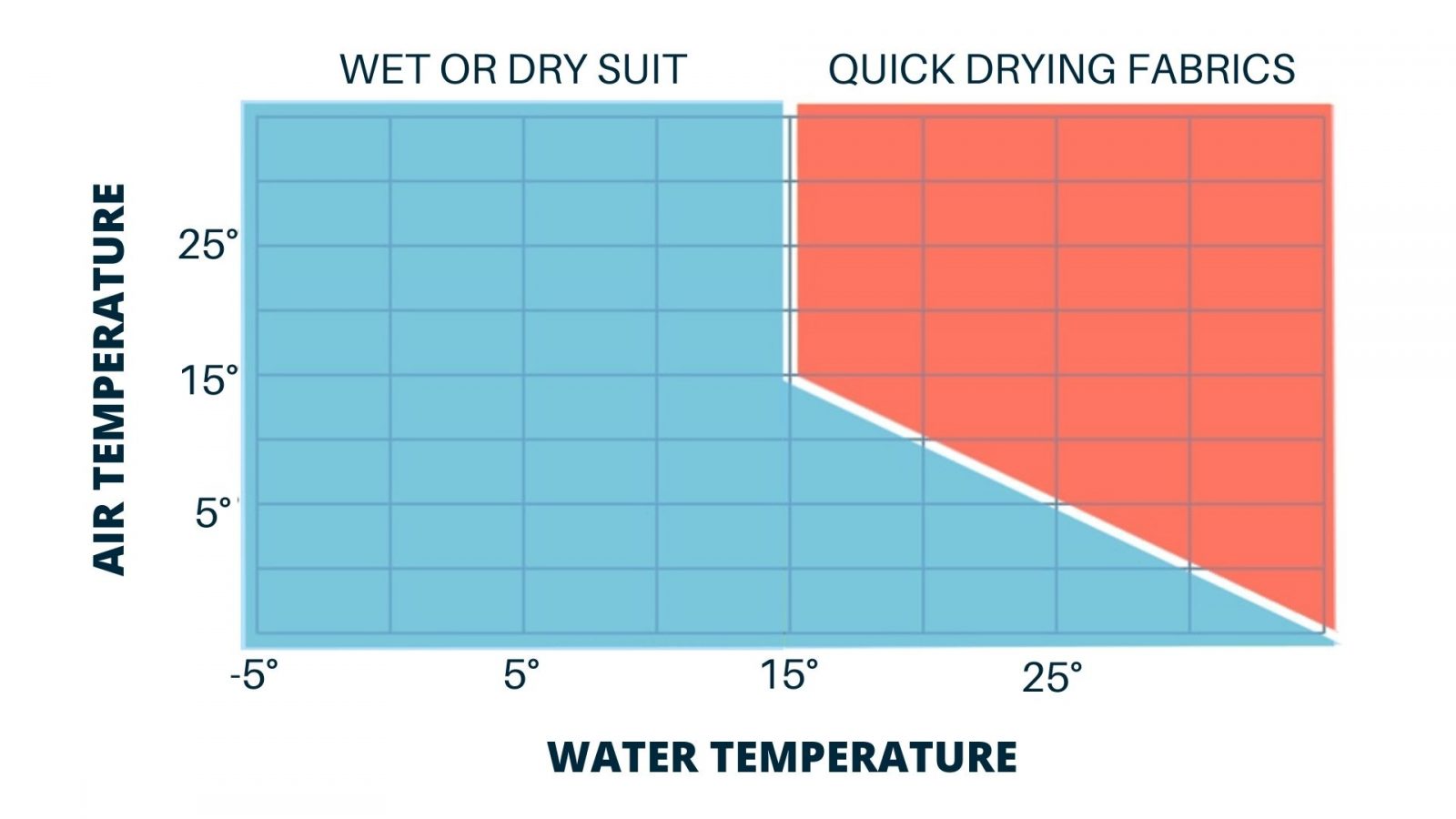
Unless you’re paddling in protected, close-in waters, then a Neoprene clothing or dry suit is recommended for all but the mildest conditions—you’d be wise to wear one any time the water temps are 15° or cooler. If the water temperature is above 15°, you need to consider the air temperature as well. You should still wear your wetsuit or drysuit if the combined air and water temp is less than 48°.
- A wetsuit is minimum protection needed for those conditions. Typically made of thick neoprene, it insulates you by holding a thin layer of water (heated by your body) next to your skin.
- A dry suit is for colder water (and air). Made of waterproof material, it also has watertight gaskets at the openings to keep you completely dry. You adjust warmth by wearing long underwear or another insulating layer under it.
- For hot air, but cold water, consider a sleeveless wetsuit—Farmer John or Jane styles—or you can look at wetsuits with shorts and short-sleeve tops.

Coastal water temperatures here a water temperature map.
Shop staff can also advise you about neoprene clothing and drysuits.
How to Layer With a Wetsuit or Dry Suit
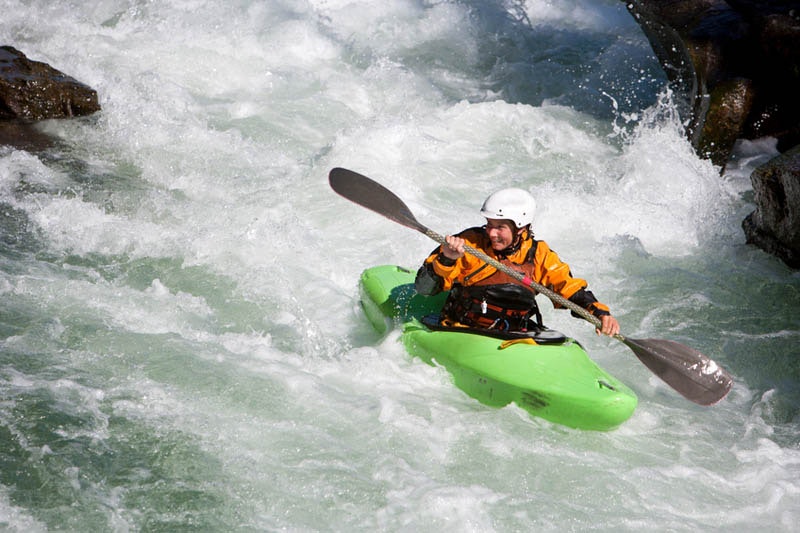
Factor in the warmth of your wetsuit or drysuit, as well as your PFD, as you choose your layers.
Layering With a Long-Sleeve Wetsuit or Neoprene top and pants
- Base layer: The warm water inside your wetsuit negates the need for a wicking base layer. Having swimwear underneath it, though, is nice so that you can remove your wetsuit later without needing to find a private changing area.
- Mid layer: The warm water inside and the thickness of the suit itself insulates you. For colder conditions, you can look at thicker wetsuits.
- Outer layer: Your wetsuit is both watertight and windproof, so no outer layer is usually needed if you’re wearing a long-sleeve wetsuit.
Layering With a Sleeveless or Short-Sleeve/Shorts Wetsuit
- Consider a quick-dry top underneath your wetsuit to cover exposed areas of your arms. A long-sleeve base layer or rashguard top works for both warmth and sun protection. Go with something heavier if the air is cool.
- Take along a light fleece jacket and a rain jacket or a paddling jacket so you can cover your arms if conditions become colder and wetter.
Layering With a Dry Suit
- Base layer: A dry suit is essentially rainwear with watertight seals, so you’ll definitely need noncotton long underwear.
- Mid layer: For colder conditions, you can add a thick fleece layer over your long underwear.
- Outer layer: Your dry suit will be windproof and waterproof/breathable, so no additional outer layer is needed.
